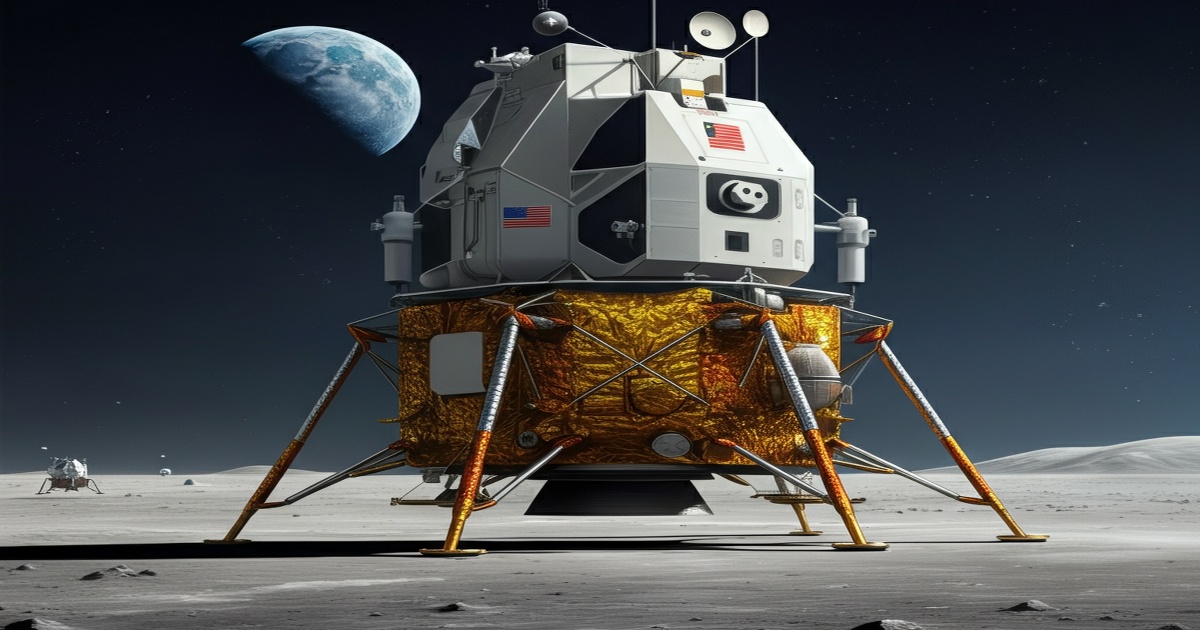On August 6, China carried out the initial test of a lunar lander as part of its ambitious plan to send Chinese astronauts to the moon by the year 2030, according to its manned space program. The testing was performed at a facility in Hebei province designed to replicate the lunar environment, featuring a specially coated surface that mimicked the reflectivity of lunar soil and included an array of rocks and craters for authenticity.
The test, described by China Manned Space (CMS) in a statement, involved various operational scenarios and required a significant amount of time due to its high technical complexity. This process marks an important milestone in the development of the nation's efforts to explore the moon with human presence.
The lunar lander, named Lanyue, which translates to "embrace the moon," is intended to facilitate the transport of astronauts between lunar orbit and the moon's surface, while also providing essential functions such as living space, energy supply, and data collection after the astronauts have landed. Although China has kept much of its lunar exploration details under wraps, this recent test disclosure arises amidst the United States' concerns over the fast pace of China's advancements in space exploration.







5 Comments
Fuerza
This is an amazing advancement for space exploration! Excited to see what China will achieve by 2030!
Manolo Noriega
This is just another way for China to distract from its domestic issues. Space exploration doesn’t change that.
Fuerza
This test marks an important milestone not only for China but for the entire human race's exploration efforts!
Ongania
China's lunar objectives are wrapped in national pride rather than an interest in science. It feels hollow.
Fuerza
Investing in space technology is a move towards innovation and scientific advancement. Well done!